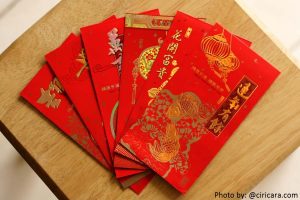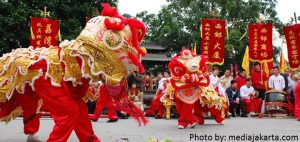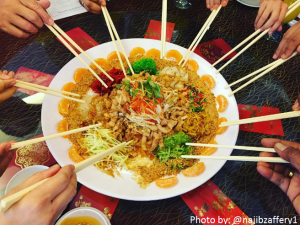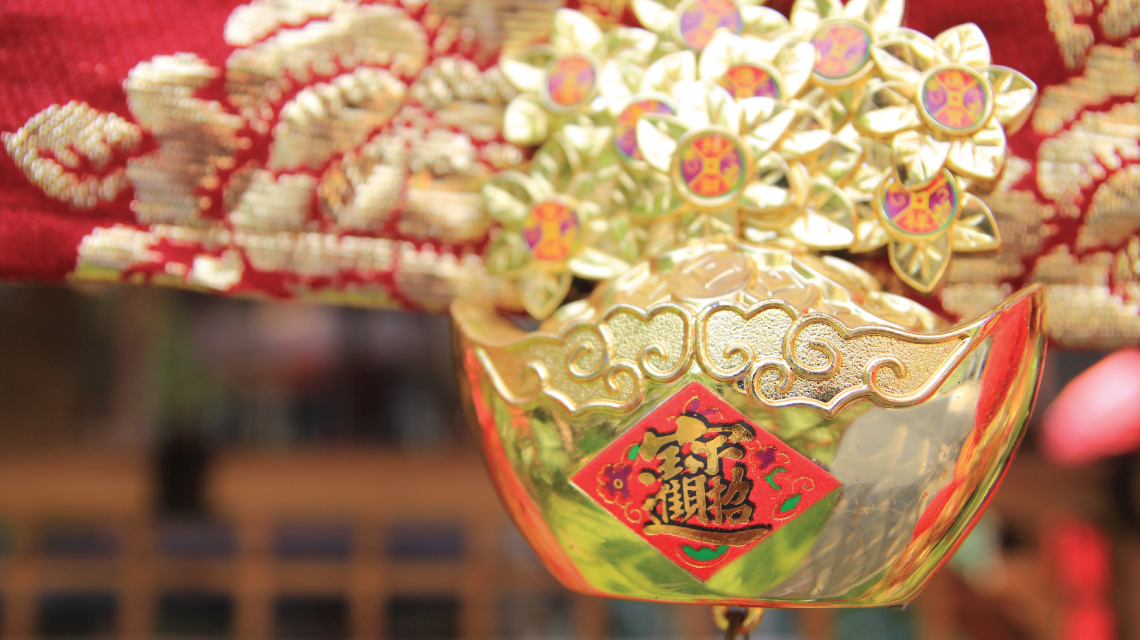The celebration of Lunar New Year is just around the corner! The festivity, which is known as ‘Imlek’ in Indonesia, is usually hosted for 15 days; the celebration starts on the first day of the new year and ends with “Cap Go Meh” on the 15th day.
The Chinese people have come and lived in this country since hundreds of years ago, but it was only in 2000 that they can throw a big celebration to mark the Lunar New Year, all thanks to President Abdurrahman Wahid who abolished the regulation that restricted the celebration of Imlek. In 2001, President Abdurrahman Wahid made the Lunar New Year as a holiday only for those who celebrate. In 2002, President Megawati Soekarnoputri officiated the Lunar New Year as one of the country’s public holiday.
Ever since then, the Lunar New Year becomes a festive event in Indonesia. Not only do the Chinese people go to temples to pray in the morning, they also celebrate it with unique traditions that soon become a part of Indonesian culture. And these are a few of Imlek traditions in Indonesia you should know.

The Red Envelopes
One of the traditions in the Lunar New Year is when a married person gives some pocket money (angpao) to the youngsters. They also give angpao to the adults who are mature enough yet still single with the hope that the receivers will soon meet the love of their lives. The money is given in a red envelope as ‘red’ symbolizes luck, happiness, prosperity and spirit.
Aside from the angpao envelopes, a red shade is also dominating other decorations during the celebration of the Lunar New Year, from lanterns adorning the ceilings, to flowers, pillow cases and ornamental papers. Red is often paired with gold and yellow, which symbolize prosperity and sincerity respectively. Gold and yellow are also believed as the source of Yin and Yang. This is also why many people wear red and gold outfit to celebrate Imlek.

The Barongsai
The Lion dance is the most-awaited performance during Imlek. Known as Barongsai in Indonesia, this traditional Chinese dance was born thousands of years ago in the mainland, and believed to be introduced to Indonesia in the 17th century. It is an attractive dance performance of two lions; the Southern and the Northern Lion. The Northern Lion is more agile with dynamic movements as it has four legs, while the Southern Lion, which has scales and a horn, is known for its head movements that follow the music rhythm – a Barongsai dance is made festive with Chinese drums and cymbals. Not only do these lions eat red envelopes consisting an amount of money from the audience, they also often give jaw-dropping performances by jumping from one pole to another. In Jakarta, the Barongsai dance is performed at a number of shopping malls, like Mal Taman Anggrek and Mal Ciputra.

Food for Prosperity
During this celebration, delicious delicacies are more than just food because each dish has a symbolical meaning for a better future. Take a look at Yee Sang (yusheng), for instance. Yee Sang is a salad consisting of fresh fish and various vegetables like carrots, cucumbers, leeks, radishes and nuts with sauce made of oil, vinegar and sugar, making this dish look colorful. But the fun lies in the Yee Sang Tossing where a group of people mix all the components of Yee Sang using chopsticks together. While mixing the Yee Sang, it is suggested to lift up your chopsticks as high as you can as a symbol to reach success and prosperity.
Another compulsory food for the Lunar New Year is the Siu Mee, a plate of long noodle that represents long life, happiness and prosperity. Sweet treats are also served in a hexagon box because “eight” is believed to be a lucky number. Within the box there are eight different kind of treats, each has its own meaning like dried orange for prosperity, dried lychee for family, and lotus seeds for fertility.
So, are you ready to celebrate Imlek in Indonesia and welcome the Year of Rooster? Don’t forget to wear your favorite red outfit and prepare some angpao if you’re going to see a Barongsai performance.
ABOUT THE WRITER

Risty Nurraisa
Risty Nurraisa is the Managing Editor of Bali & Beyond magazine, one of the leading lifestyle, travel and tourism magazines in Bali, and author of Indonesian young adult novels.


No comments